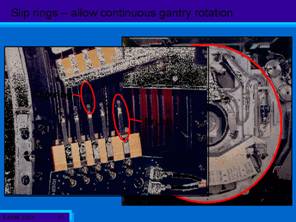
South Australian Medical Heritage Society Inc
Website for the Virtual Museum
Home
Coming meetings
Past meetings
About the Society
Main Galleries
Medicine
Surgery
Anaesthesia
X-rays
Hospitals,other organisations
Individuals of note
Small Galleries
Ethnic medicine
- Aboriginal
- Chinese
- Mediterran
The “Helical” CT scanner was the first big advance in CT scanning. Instead of taking one slice at a time with one radiological exposure, the whole gantry with the tube and detectors rotate continuously during a single exposure while the patient is advanced on the couch. Hence a whole part of the body can be imaged in a single exposure . Also a cylinder of voxels is obtained which the computer can form into an image in any plane as well as the usual axial picture. The following photos were taken in 1994 during the service of a “Picker Helical scanner.
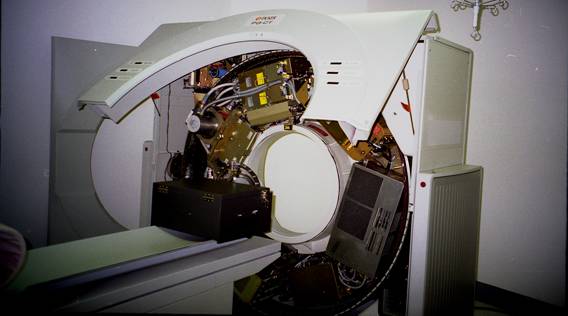 A helical scanner with the cowling removed. The x-ray tube is on the left and the detectors on the right. A bag of tools lies on the moving couch.
A helical scanner with the cowling removed. The x-ray tube is on the left and the detectors on the right. A bag of tools lies on the moving couch.
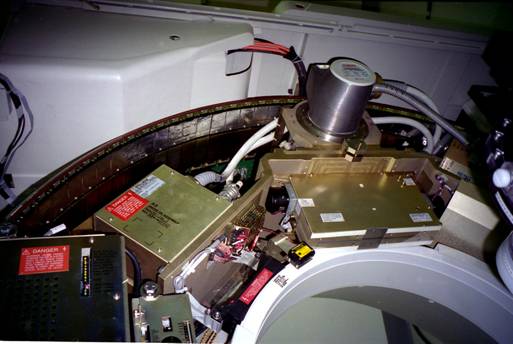
Close up view of the x-ray tube and beam collimator. 1 of the copper fixed rings from which energy or information is transmitted by brushes between the rotating scanner and the fixed gantry
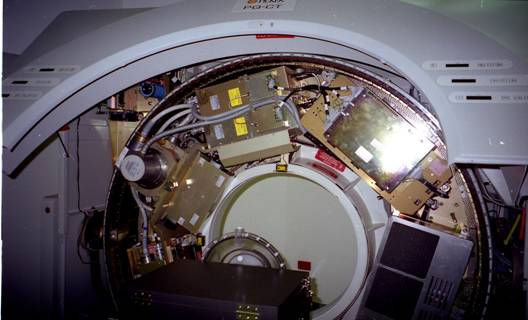
The rotating tube and power supply top right and the detectors bottom left
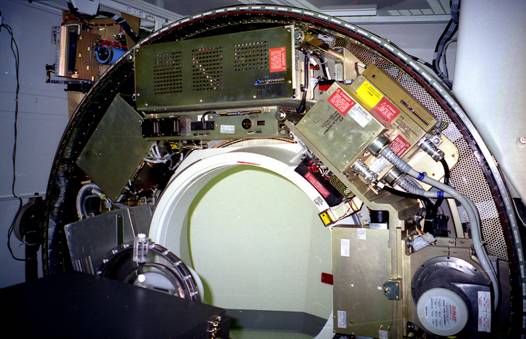
Tube is bottom right and power supply on top
Early “Watson” portable x-ray generator & control
“Watson & Sons”, later to become “Watson-Victor” were the earliest X Ray machine manufactures and suppliers in Australia . When I became the radiologist at the Royal Perth Hospital in 1956, all the equipment had been made and supplied by “Watson Victor”.
However after the 1960s almost all the equipment was replaced by European or American equipment, for example “Phillips”, “Siemens”, “Picker”, and “General Electric”. Therefore this early portable “Watson & Sons” generator and control is of particular interest. It was certainly portable being the size of a small attaché-case. However the X ray tube and displayed alongside look far from portable and positively dangerous. This equipment is on display in the Wallombi Museum . (The small town in NSW near the forest where the prehistoric pine tree grows).
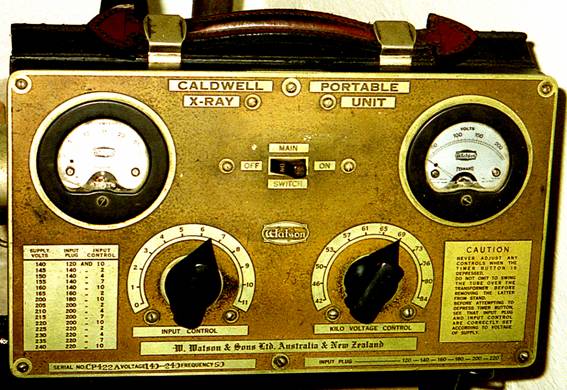
Watson and Sons “Caldwell ” portable x- ray unit ”
The timer button appears to be on the top of the unit
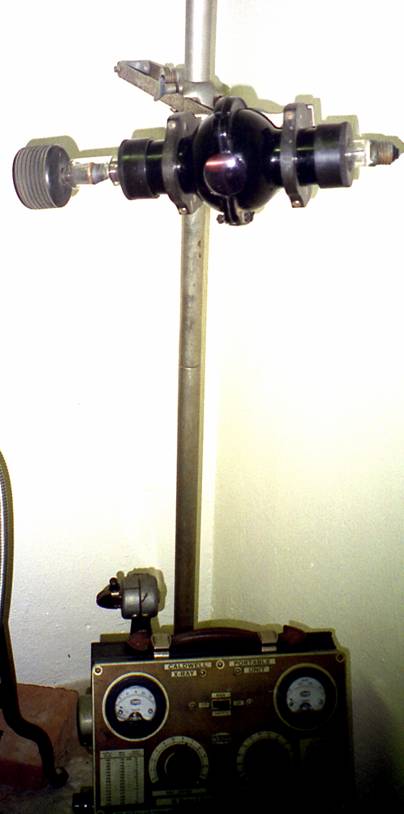
The “ Caldwell ” x ray tube & stand. The cables are not attached to the tube but there is one on the left.. The “Coolidge tube does not appear to have a beam limiting cone . and it is not insulated. The anode cooling fins to the left would be particularly dangerous. The timer is visible on the top of the left of the case
-o0o-
